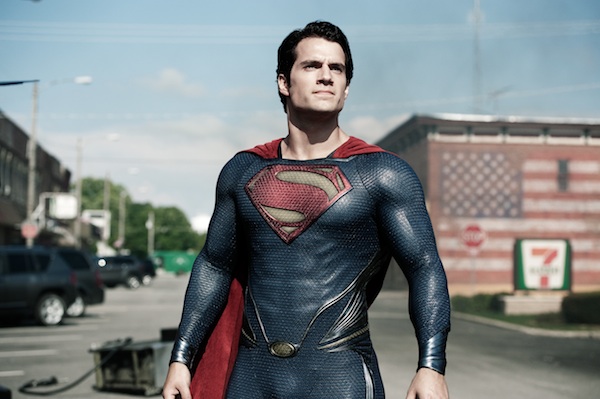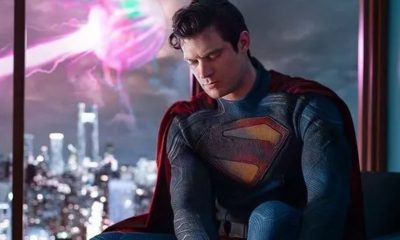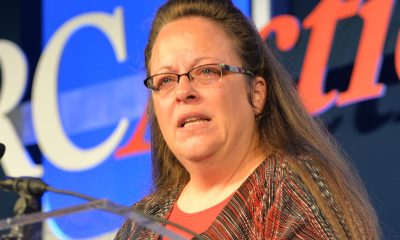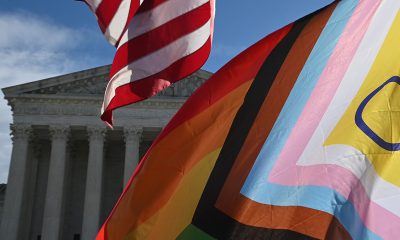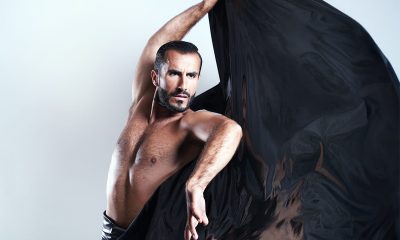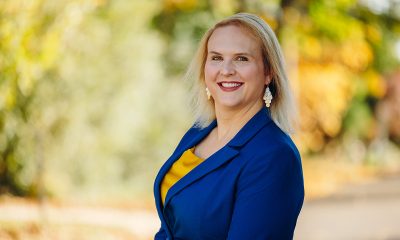Arts & Entertainment
Franchise fizzle?
Successful Superman reboot proves elusive with limp ‘Man of Steel’
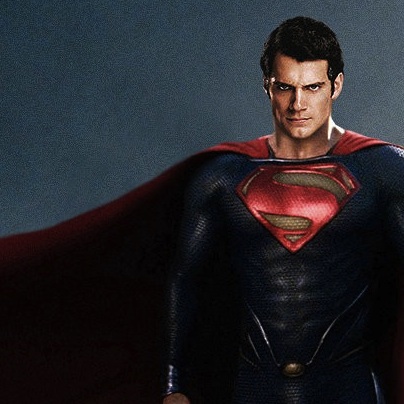
In a 21st-century dominated by multi-dimensional heroes like Batman and Iron Man, the Superman franchise conjures up feelings of all-American nostalgia more than anything. Zack Snyder, director of “Man of Steel,” attempts to depart from this in his summer blockbuster, but does not replace it with anything more substantial leaving us essentially with another explosion extravaganza but little else.
Henry Cavill is a promising actor, but his performance as the extra-terrestrial from Krypton is not for one second believable. Cavill seems most comfortable during the beginning of the film, which due to production by Christopher Nolan (who also did the “Batman” franchise), is a lengthy and morose sequence of fragmented scenes that document Clark Kent’s self-discovery. Nolan’s influence makes Superman’s clearly demarcated sense of good and evil feel unnatural and all too simple.
Cavill brings too much rugged sex appeal to the role, making him more reminiscent of Hugh Jackman’s portrayal of Wolverine in “X-Men” than of someone who would wear a red cape in all seriousness.
It’s a tough role to pull off — while Brandon Routh in 2006’s “Superman Returns” arguably captured the role better with his more innocent approach, it clearly wasn’t strong enough to have led to a successful franchise. Cavill is intriguing, dynamic and has undeniable charisma, yet it feels like he’s holding back as the script gives him little to work with in terms of characterization or complexity. While Cavill’s performance leaves some things to be desired, he isn’t ultimately to blame for the film’s shortcomings.
“Man of Steel” opens with a home-birth on Krypton as the planet is self-destructing. Russell Crowe goes through the motions as Jor-El, baby Kal-El’s father, who rockets his son to Kansas to preserve his race. General Zod (Michael Shannon) is introduced as the film’s forgettable villain as he attempts to steal Krypton’s Codex — a log of the planet’s genetic information — from Kal-El, which remains a theme for the entirety of the movie as Zod threatens to reconfigure earth into a new Krypton at humanity’s expense.
Unfortunately, the dialogue in “Man of Steel” is as melodramatic and bland on earth as it is on Krypton. (The film’s writer, David S. Goyer, clearly is not afraid of clichés.) For the first hour, scenes jump from school buses and cornfields in Kansas to Arctic tundra with little context given, and some sort of loud catastrophe quickly interrupts any conversation that seems like it will reveal something about the characters.
Diane Lane and Kevin Costner do a perfectly satisfactory job as Clark Kent’s adoptive parents. Amy Adams, however, never seems invested in her role as reporter and love interest, Lois Lane. Adams practically sleepwalks through life or death scenes, and her kiss with Clark Kent toward the end of the movie is awkward and forced. It’s not that Adams and Cavill lack the ability to portray a believable romance; they simply do not have the script to do so, even though “Man of Steel” is an origins story that should make the audience feel attached to its characters.
The majority of the film feels like a confusing dream of drawn-out action scenes. It becomes all too easy to forget who is fighting whom, and for what reason, as Cavill darts through the air. “Man of Steel’s” shining moments are the interspersed scenes of Superman’s childhood, with a young Clark Kent played by Dylan Sprayberry and Cooper Timberline. Both actors do a fine job capturing Kent’s teen angst, sense of alienation and repressed desire to use his powers for good in a world that would not accept him.
Even though “Man of Steel” is a long 143 minutes, it goes by quickly, perhaps due to Hans Zimmer’s overpowering score and the confusion caused by Snyder’s non-linear plot. In the film’s defense, it’s difficult to create a Superman story that appeals to contemporary America. Superman’s unwavering sense of right and wrong fit so well during the Cold War, but now his narrative seems naive with more widespread recognition of the country’s internal issues and fear that its global supremacy is waning.
“Man of Steel” ends with the promise of a sequel as Cavill puts on Clark Kent’s endearingly nerdy glasses. Perhaps without the need to jumble together a creation story, it’s more likely Snyder will pull off a sequel should this chapter’s box office take justify it.
Dining
Spark Social House to start serving alcohol
D.C.’s only ‘LGBTQ alcohol-free bar’ changes course

Washington, D.C.’s only LGBTQ alcohol-free bar will lose that distinction in December: Spark Social House, located at the corner of 14th and U streets, N.W., will no longer serve only booze-free drinks.
Spark Social, as it is commonly known, received significant media attention and accolades when it debuted in March. Opening in the beating heart of the LGBTQ community’s social scene, its doors stand next to other popular nightlife establishments, including Crush, Bunker, District Eagle, and Revolt (which opened after Spark Social). All of those other bars serve alcohol.
Spark maintained a separate identity, creating a “third space” for sober guests or those who did not wish to spend their evening in an alcohol-forward space. Owner Nick Tsusaki, a former bartender, opened Spark Social to fill a gap he saw in queer nightlife establishments that centered drinking. Instead, Spark was intended to be a convening bar. By day, it has served coffee and tea as a café for remote workers, meetings, and catch-ups. In the evening, the bar hosts a wide array of events, with DJs, dancing, drag queens, speakers, open mic nights, and stand-up comedy, movie showings, among other events.
At the bar, it served cans, bottles, and craft cocktails, as well as “wellness drinks” or functional beverages like mushroom elixirs, Kava, and kombucha. All of these are currently non-alcoholic. Currently, in November, the bar is serving seasonal morning drinks like toasted almond and French Toast lattes, plus non-alcoholic cocktails like a “Hottie Hottie” with non-alcoholic spiced rum, lemon, and maple butter; plus a maple espresso “martini” without liquor, which includes mushroom tinctures.
Spark Social, even in its short time in existence, won “Best DC Coffee Shop” in the 2025 Washington Blade annual poll.
Nevertheless, in early November, the Spark owners and leadership team hosted a town hall to share updates and hear directly from the community about the next chapter for Spark.
According to the bar’s Instagram posts, the town hall reviewed the intent and purpose behind the bar: to create a queer third space where people can connect, create, and feel at home.”
“After eight months as a fully non-alcoholic bar, we’ve learned that sobriety exists on a spectrum and inclusion means offering choice.”
To that end, in December, Spark’s offerings will evolve. Instead of serving only drinks without alcohol, there will be a new “1 for 1” menu in which every cocktail comes in two versions: booze and boozeless. While alcohol will be served, the bar owners insist that they remain committed to maintaining its welcoming and relaxed vibe.
In a separate post, Spark wrote that “Although this was not our intent when we started the business, after 6 months of operations we’ve made the difficult decision to change our business model so that we can keep providing this space to the community.”
They acknowledged that this pivot might have “come as a surprise,” and offered to received feedback to ensure that the bar’s initial objective of being a unique space could continue.
Alcohol will only be served at the bar in the evenings during the week, and all day during the weekend.
Tsusaki spoke to the Blade about the changes and offered these statements:
“When we opened, the goal was to create a queer third space where people could spark a connection, spark creativity, spark an idea — especially for folks looking for an alternative to the typical drinking environment,” Tsusaki said. “From day one, Spark has been about the vibe — a place where you can just exist, feel at home, and be surrounded by community without pressure or pretense. After eight months as a fully non-alcoholic space, we learned a lot about what people actually want from spaces like this. Most folks exist somewhere on a spectrum of sobriety — some are fully sober, some are sober-curious, some drink occasionally. We realized that if our mission is to bring people together, inclusion has to mean options for everyone.
“We had to face the financial reality of running a small independent space in D.C. The city has been hit hard — especially with reduced spending and recent federal layoffs — and it’s made things tough for hospitality businesses like ours. Adding alcohol helps make Spark sustainable so we can keep doing what we do: building community, creating jobs, and keeping this space alive for the long haul.
“We’re using this moment to make the space even better — enclosing the back patio so it’s usable year-round, upgrading our DJ booth and sound system, and making a few design tweaks that better reflect the energy and creativity Spark has always had.”
Photos
PHOTOS: Miss Gay Mid-Atlantic America
Victoria Bohmore crowned in regional pageant held at Freddie’s Beach Bar

The 2025 Miss Gay Mid-Atlantic America Pageant was held at Freddie’s Beach Bar in Arlington, Va. on Friday, Nov. 7. Victoria Bohmore was crowned the winner, with Lady Lords named first alternate. Bohmore and Lords both qualify to compete against the winners of the Miss Gay Maryland America Pageant as well as other state and regional title holders from across the nation at the Miss Gay America Pageant in January.
(Washington Blade photos by Michael Key)
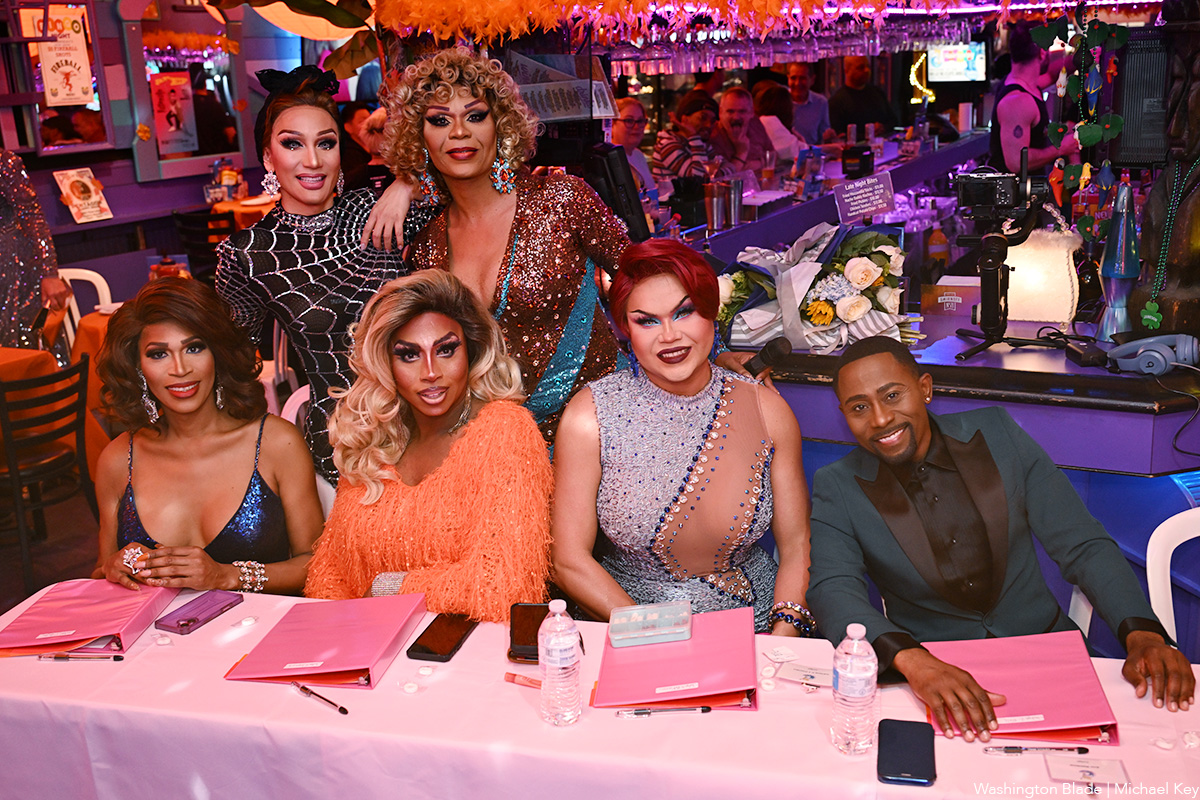


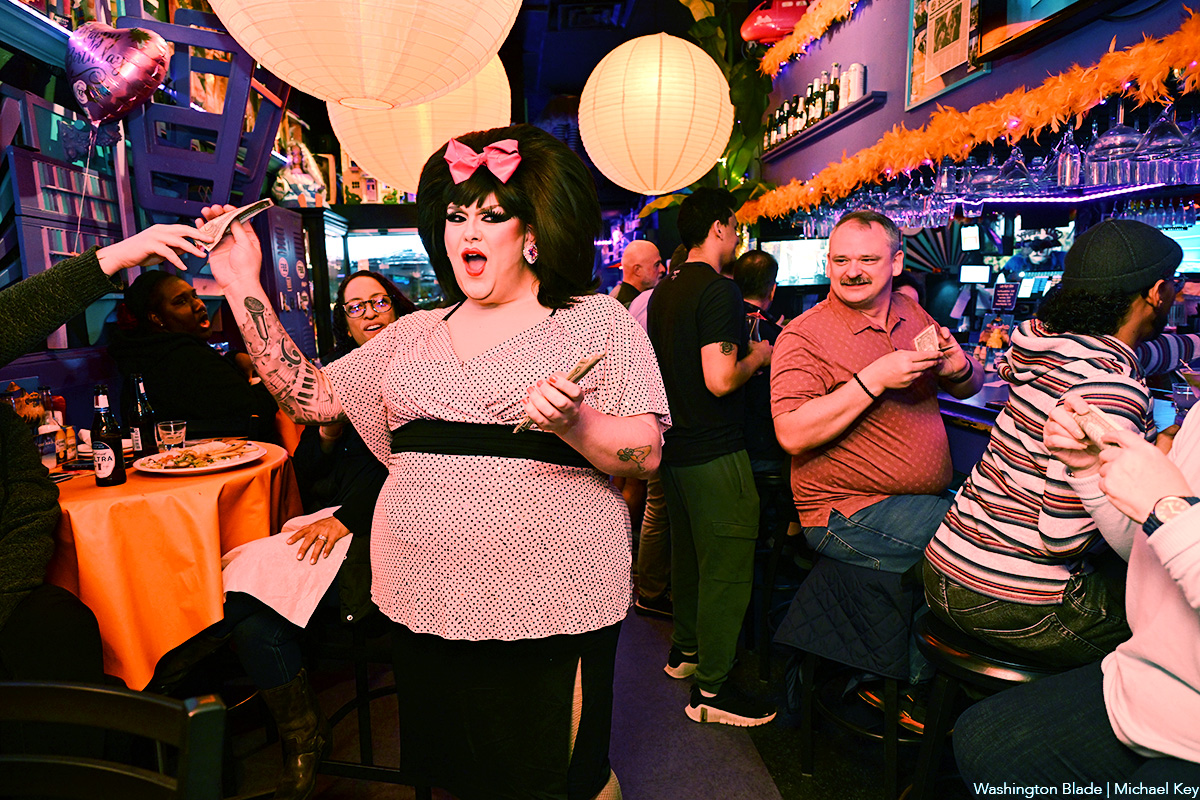






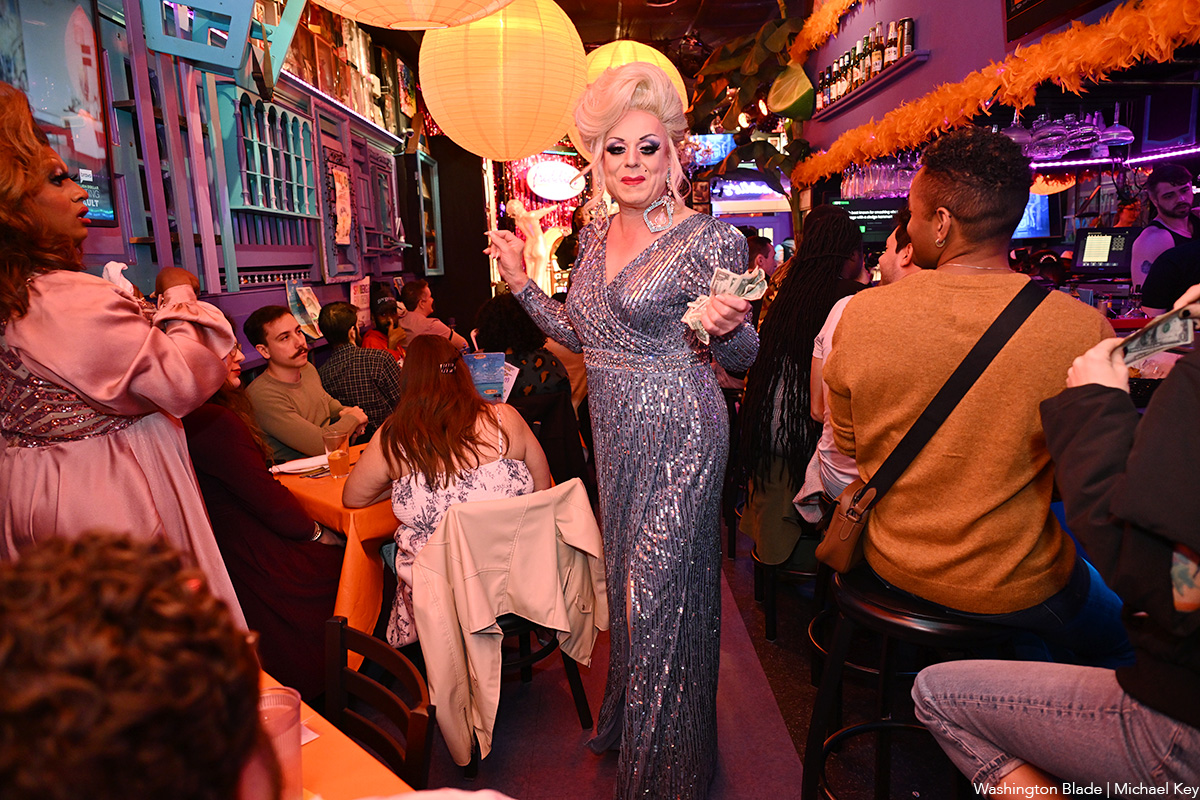



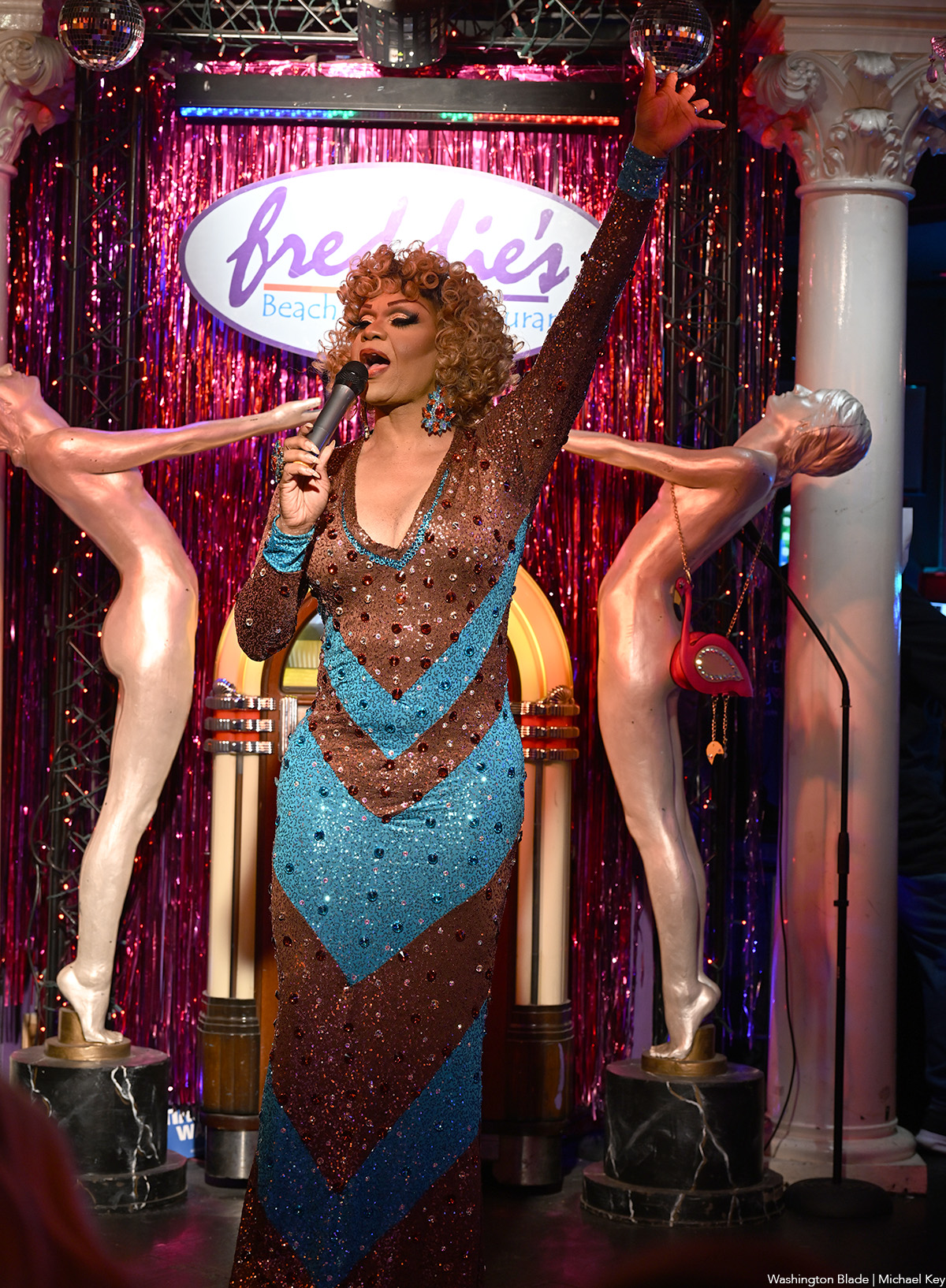

Books
A history of lesbian workarounds to build family
Fighting for the right to have and raise kids
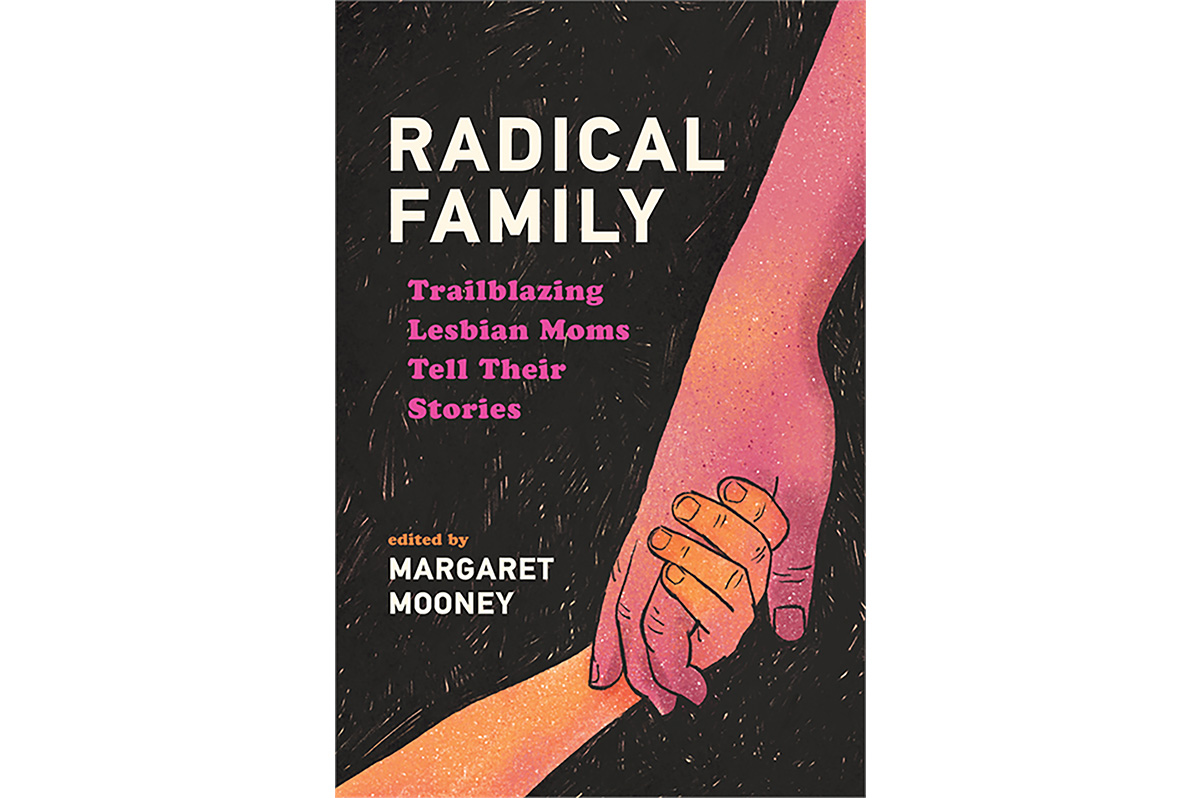
‘Radical Family: Trailblazing Lesbian Moms Tell Their Stories’
Edited by Margaret Mooney
c.2025, Wisconsin Historical Society Press
$20/150 pages
You don’t have a white picket fence with an adorable gate.
The other parts of the American Dream – the house in the suburbs, a minivan, and a big backyard – may also be beyond your reach. You’ve never wanted the joyous husband-wife union, but the two-point-five kids? Yeah, maybe that’s possible. As in the new book “Radical Family,” edited by Margaret Mooney, it’s surely more so than it was in the past.

Once upon a time, if a lesbian wanted to raise a family, she had two basic options: pregnancy or adoption. That is, says Mooney, if she was willing to buck a hetero-centric society that said the former was “selfish, unnatural and radical” and the latter was often just simply not possible or even legal.
Undaunted, and very much wanting kids, many lesbians ignored the rules. They built “chains” of women who handed off sperm from donor to doctor to potential mother. They demanded that fertility clinics allow single women as customers. They wrote pamphlets and publications aimed to help others become pregnant by themselves or with partners. They carefully sought lesbian-friendly obstetricians and nurses.
Over time, lesbians who wanted kids were “emboldened by the feminist movement and the gay and lesbian rights movement” and did what they had to do, omitted facts when needed, traveled abroad when they could, and found workarounds to build a family.
This book tells nine stories of everyday lesbians who succeeded.
Denise Matyka and Margaret McMurray went to Russia to adopt. Martha Dixon Popp and Alix Olson raised their family, in part and for awhile in conjunction with Popp’s husband. Gail Hirn learned from an agriculture publication how to inseminate herself. MC Reisdorf literally stood on her head to get pregnant. Mooney says that, like most lesbian parents then, she became a mother “without any safety nets…”
Such “struggles likely will feel familiar as you read about [the] desire to become parents…” says Mooney. “In short, these families are ordinary and extraordinary all at once.”
In her introduction, editor Margaret Mooney points out that the stories in this book generally take place in the latter part of the last century, but that their relevance is in the struggles that could happen tomorrow. There’s urgency in those words, absolutely, and they’re tinged with fear, but don’t let them keep you from “Radical Family.”
What you’ll see inside these nine tales is mostly happy, mostly triumphant – and mostly Wisconsin-centric, though the variety in dream-fulfillment is wide enough that the book is appropriate anywhere. The determination leaps out of the pages here, and the storytellers don’t hide their struggles, not with former partners, bureaucracy, or with roadblocks. Reading this book is like attending a conference and hearing attendees tell their tales. Bonus: photos and advice for any lesbian thinking of parenthood, single or partnered.
If you’re in search of positive stories from lesbian mothers and the wall-busting they did, or if you’ve lived the same tales, this slim book is a joy to read. For you, “Radical Family” may open some gates.
The Blade may receive commissions from qualifying purchases made via this post.
-

 U.S. Supreme Court2 days ago
U.S. Supreme Court2 days agoSupreme Court rejects Kim Davis’s effort to overturn landmark marriage ruling
-

 U.S. Supreme Court5 days ago
U.S. Supreme Court5 days agoLGBTQ legal leaders to Supreme Court: ‘honor your precedent, protect our families’
-

 Out & About5 days ago
Out & About5 days agoGala Hispanic Theatre’s Flamenco Festival returns
-

 Pennsylvania4 days ago
Pennsylvania4 days agoErica Deuso elected as Pa.’s first openly transgender mayor

